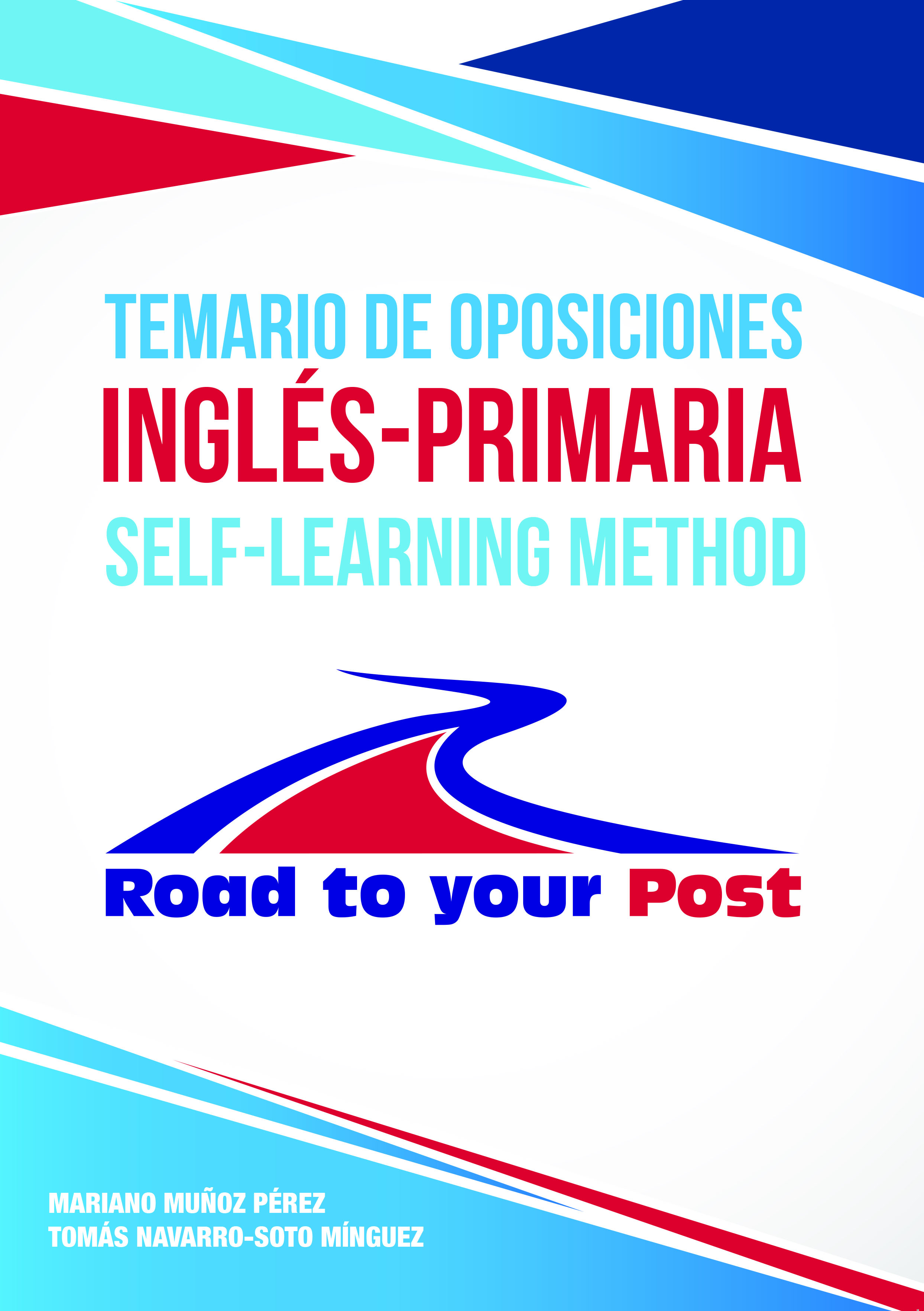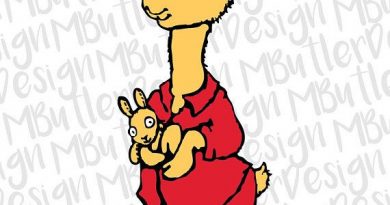The power of listening and reading literature. Fantastic stories for kids. Caterpillar shoes.
The power of listening and reading literature. Fantastic stories for kids. Caterpillar shoes.
Source: https://www.youtube.com/watch?v=tYa6OLQHrEc&t=284s
The old Branch.
#uk #usateachers #instateacher #knowledge #resources #englishlearning #instateachers #oposicion #oposito #learnenglish #storytime #knowledge #readingtime #roadtoyourpost #news #goldenopportunity #society #people #noticias #uk #usa #opositandoytrabajando #docente #docentes #oposicionesingles #empowerment #kids #children #education #teacherproblems #opogram
Follow us: https://www.facebook.com/OposicionesInglesRP/
More about Road to your Post: oposicionesingles.com
We may consider stories and tales as a fundamental element in FL in order to develop our student`s communicative competence. One of the advantages of using tales for the English class is that the amount of possibilities is almost limitless; the FL teacher may use a great deal of resources.
Stories and tales provide opportunities for FL practice in contextualised and meaningful situations; therefore, they should be regarded as an integral part of the FL syllabus. There is a wide variety of stories that can be used for different purposes, although students are not aware of their ultimate aim.

Most adequate literaty periods, authors and genres to be used in English lessons. Typology of texts.
Outline:
- Introduction
- Most adequate literary periods
- Authors and genres to be used in English lessons
- Typology of texts
- Conclusion
- Bibliography
3. Authors and genres to be used in English Lessons.
The usual distinction of literature considering three main genres (narrative, poetry, and drama) with different subcategories does not apply in the case of children’s literature, since the latter may get hold of every literary genre or category and we therefore find children’s novels, short stories, poems, and the like.
The first modern picture book for children was “The Tale of Peter Rabbit” (1901) by Beatrix Potter. From its beginnings in Germany with Des Knaben Wunderhorn (1806-08; “The Boy’s Magic Horn”), folk tales collected by Achim von Arnim and Clemens Brentano, and in France with Jean de La Fontaine’s Fables (1668-94), children’s literature emerged as a major genre in the Germanic- and Romance-language countries of Europe, as well as in the Soviet Union.
In the 19th century children´s literature evolved from oral presentation to written form with illustrations. It is also worth noting that children’s literature no longer was primarily didactic, it was now being written for sheer enjoyment. Among the most famous 19th-century works, we may highlight “Alice’s Adventures in Wonderland” (1865) by Lewis Carroll, “Treasure Island” (1883) by Robert Louis Stevenson, and “The Adventures of Huckleberry Finn” (1884) by Mark Twain. In this century, it is worth noting that authors like Jack London, Mark Twain, Rudyard Kipling or R.L Stevenson contributed to a great extent to the concept of children´s literature, although most of them considered adults their major audience.
On the other hand, as suggested by Barone (2011), the 20th century is characterised by a vast expansion of topics and complexity with genre; and the obvious consequence is that the list of authors would be endless. Due to this reason, we shall outline some of the some of the most successful works to be taken to the FL class:
“The very Hungry Caterpillar” by Eric Carle (1994) is a story about a caterpillar who learns that by eating healthy food he feels better. This story is ideal for very young students to learn and repeat words whilst they have fun with the teacher acting as a storyteller.
In “The Giving Tree” by Shel Silverstein (2014) a young boy enjoys playing under an apple tree. When he gets older, he returns to the tree to ask for help in his life; and the tree helps the boy because he loves him. In this moving story, the boy returns one final time as an old man, to make the tree happy.
“The Cat in the Hat” by Dr. Seuss (1957) is a funny story of two siblings who have to stay in because the weather outside is not pleasant; and they do not know what to do to have fun. Then, a cat in a hat knocks on their door…
Regarding the genre or type of text to read, there are many different possibilities, again depending on the student’s interests and on the aim to be achieved. Thus, as we know, fairy tales are really good for children from 8 to 12 years old as they let the kids use their imagination and read about fantastic stories, travels and adventures such as “The Beauty and the Beast”, “The Three Little Pigs”, “Hansel and Gretel”, amongst many others.
On the other hand, with younger students, nursery rhymes involve aspects such as the possibility to use TPR in class when they move around it; they also help us focus on vocabulary sets, prosodic elements (stress) and pronunciation, and even to introduce cultural elements (e.g. “Hickory, Dickory, Dock”, “Five Fat Sausages”, “Tommy Thumb”, etc.).
Limericks and Riddles are excellent texts so that students can practise pronunciation of given sounds, specific intonation patterns, and obviously they often imply cultural elements and aspects.
Other clear text elements to be used in class can range from songs, to poems, or short stories, tales, and the like. Yet, it is crucial to highlight the fact that the degree of success when implementing any of these texts in class will very much depend on the objective aimed by the teacher and obviously on the specific features of the students.
https://shop.oposicionesingles.com/
More information about us:
facebook.com/OposicionesInglesRP/
Twitter: @OposIngles
https://twitter.com/OposIngles
Instagram: https://www.instagram.com/oposiciones_ingles




